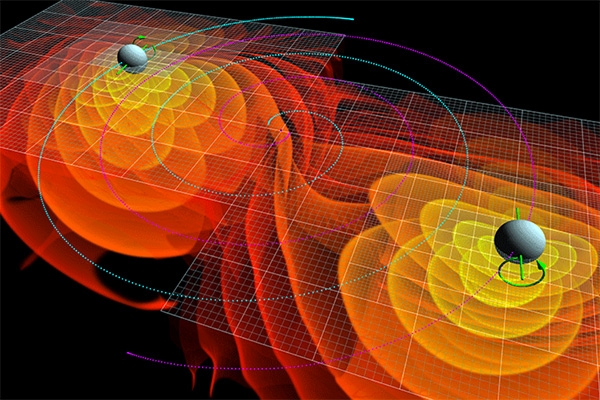ILYA HEL

In late February, the Japan aerospace Agency JAXA has launched x-ray Observatory of the next generation. Satellite Hitomi was developed to become the sixth in the series of x-ray satellites, the history of which goes away in 1979. Hitomi could measure objects that are an order of magnitude dimmer than its predecessors. Starting on February 17 goes smoothly, but on 27 March it became known that communication with the satellite was lost just at the moment when he had to start their duty cycle. Initial attempts to establish communication with the satellite failed, but scientists were able to set a short contact with the device Wednesday, March 30.
Hitomi (known before launch as Astro-H) was intended to study the behavior of matter falling into black holes, dark matter distribution in galactic clusters and tracking supernova as they are detected. X-ray astronomy is one of the types of astronomy, which you cannot do on Earth because our atmosphere absorbs x-rays before they reach the surface. And no one has yet figured out how to bring Mauna Kea on the geostationary orbit, we have to do this kind of astronomy using specialized satellites, and Hitomi was supposed to be an extremely important Observatory of the next generation. After the satellite went missing three days ago, believed that he was destroyed — all except those who now have established contact with him.
Now suppose that the satellite is spinning wildly. Rotates quickly, with uneven brightness, which is due to the fact that light is reflected from different areas of the Observatory, including solar panels. According to astronomer Paul Melly, the satellite performs a full revolution every 23,5 seconds.
Is it possible to save Hitomi?
First thought that Hitomi fell apart into many smaller parts; American radar recorded five separate fragments, which must belong to the companion. But while there is no evidence that indicates that the satellite collided with something else, like the existing wreckage. It is also assumed that a sudden gas leak from one of the cooling tanks acted as jet thrust, knocking the satellite off course. Perhaps one of the rocket boosters Hitomi is stuck in the open position, which led to the rotation of the satellite.
The Japanese are trying to establish permanent contact with the satellite and hope to seize control of Hitomi, but they need to have a companion to understand that you need a constant contact. If they can’t maintain the signal at the Observatory for a long while, they will not be able to fix the problem or take the hardware under its control.








